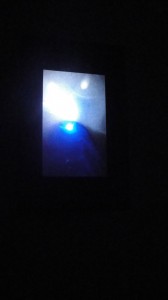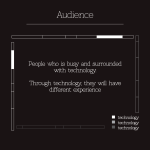Week 8: Rub goldburg machine
Film
Materials
Switch
PIR sensor
LED
Sound Wave Sheild
When the switch circut is completed the light turns on which then triggers the PIR motion sensor. This sensor then sends a signal to the wave sheild to play a WAV recorded track
(INSERT PHOTS AND CODE)




























